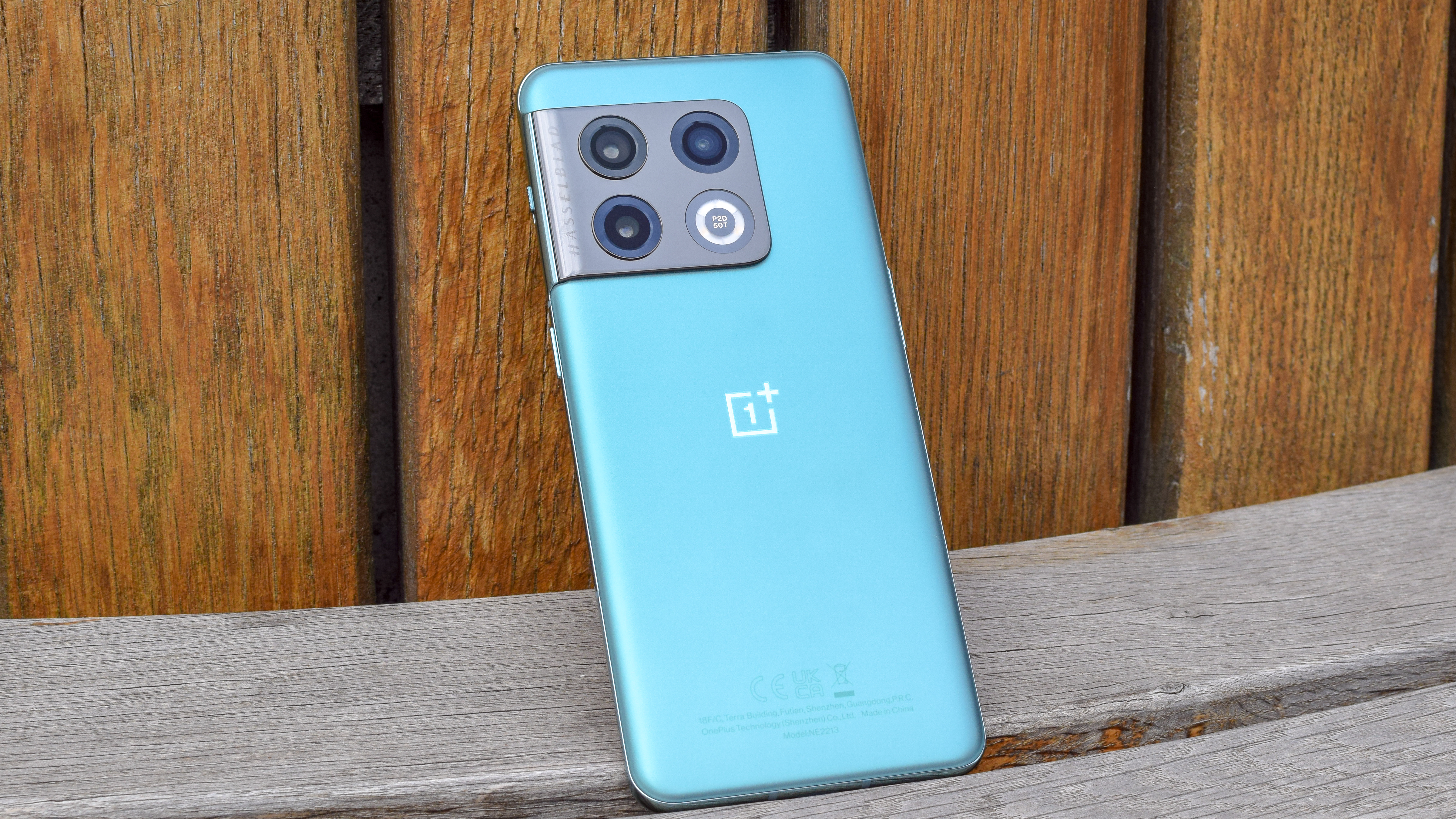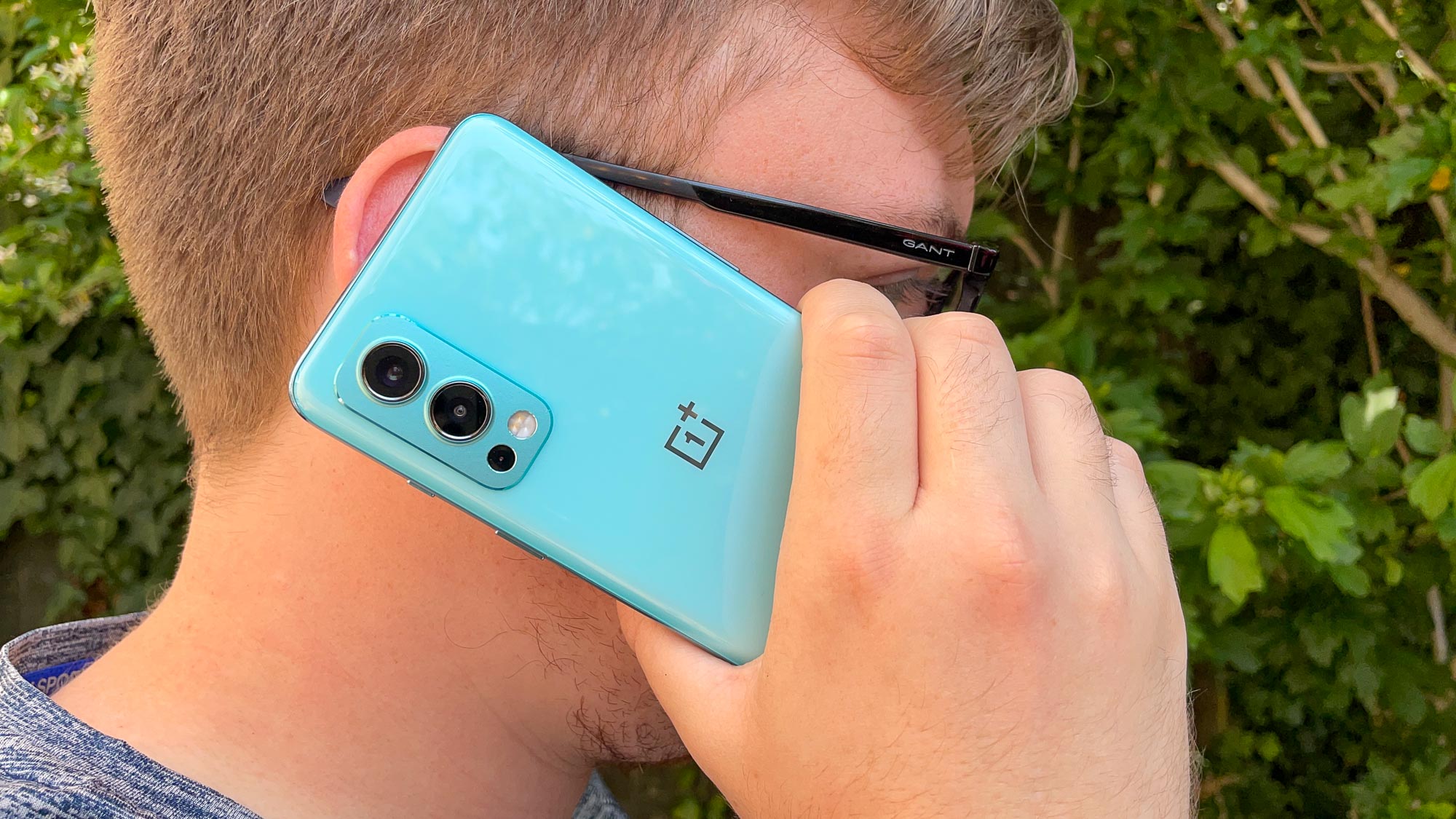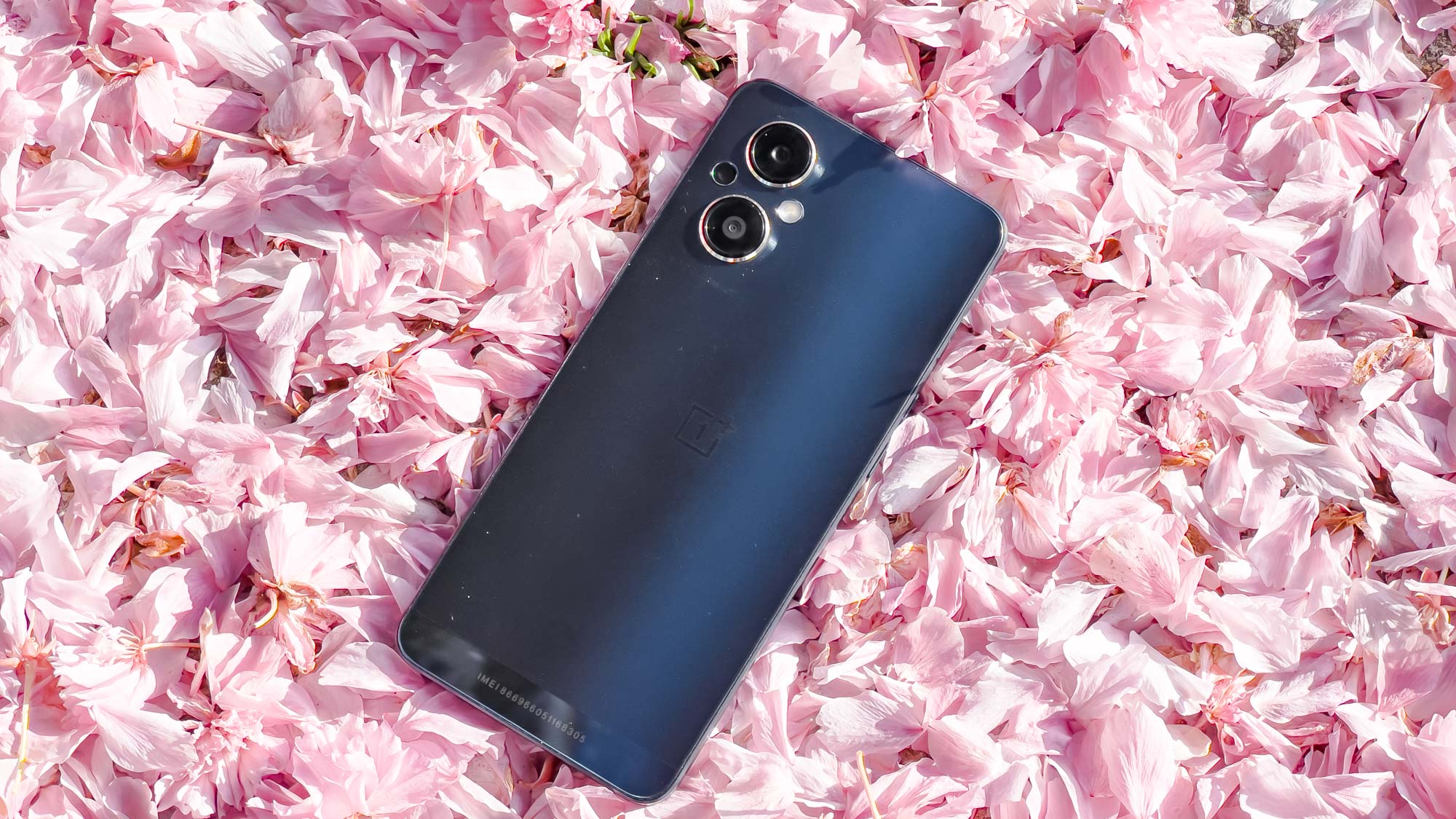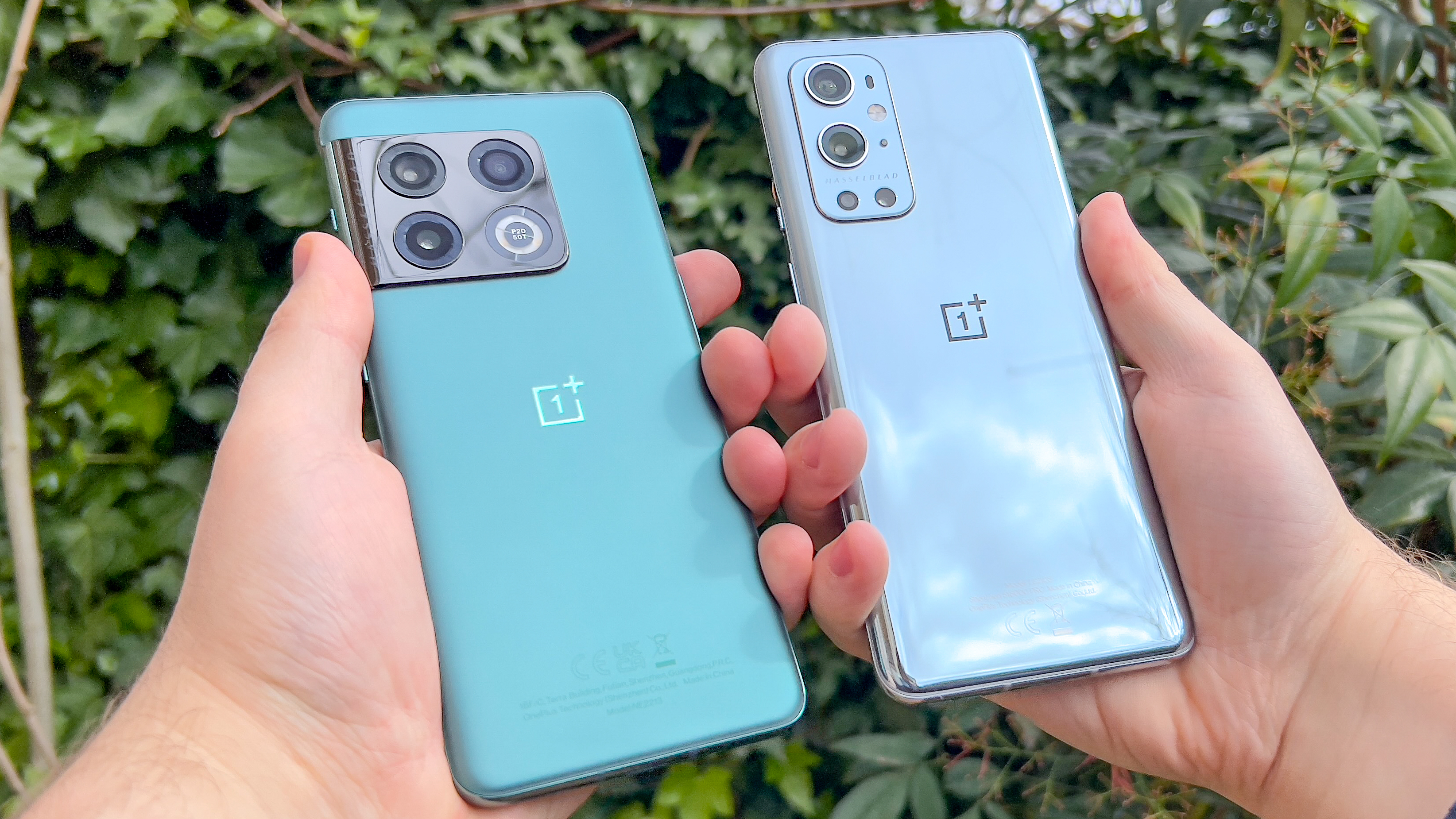OnePlus is now officially exhausting
OnePlus has lost its magic, and it doesn't look like it's coming back

OnePlus has become almost unrecognizable in the last three years. I've said it a lot lately — in fact, I take almost every opportunity to do so — but new announcements, leaks and rumors leave me incredibly exhausted. OnePlus has done its darnedest to surpass Samsung and Motorola for the title of "most convoluted and confusing smartphone product portfolio," and the company is continuing full steam ahead.
I can look back at one critical moment in the OnePlus timeline where things started going downhill: the OnePlus 7 launch. That was 2019, or a lifetime ago if you'll excuse the hyperbole. While many of us were ravaged and changed by the COVID-19 pandemic, it seems a lot of tech companies went through metamorphoses, too.
OnePlus had once prided itself on its razor-sharp focus on doing two products per year. While I won't sit here and argue that those two devices were without flaws, OnePlus had made a name for itself for providing excellent value, some of the best software in the business and devices that looked better than some of the best phones that cost hundreds more.
OnePlus: A change in direction

I never was a fan of the bi-annual release of the main OnePlus phone followed by the T model — it created an endless loop of decision and waiting anxiety, because your new OnePlus phone could be "outdated" in six months. But this was OnePlus' strategy from the OnePlus 3T on, until the 7 series. That's when OnePlus jumped on the Pro bandwagon with the OnePlus 7 Pro.
This flagship was the company's first attempt at a true competitor to the likes of Samsung, Apple, and Google. It sported the pop-up camera for that all-screen experience, powerful hardware and a nice display. While its cameras lagged behind the likes of the Pixel 3 (and the Pixel 4 later that year) and Galaxy S10, the OnePlus 7 Pro was still a great phone. But it marked a change.
OnePlus opened the floodgates in 2020 and it's only gotten worse since.
The OnePlus 7T and OnePlus 7T Pro (including the McLaren edition) came out later that year, but things felt different. It's hard to put into words, but I sensed a shift in the OnePlus that I'd loved and followed since the phone maker's debut device.

This feeling of unease grew the following year. In 2020, OnePlus let loose the torrent, releasing the OnePlus 8, OnePlus 8 Pro, OnePlus 8T, Nord, Nord N10, and Nord N100. Where we had two phones a year, we had four in 2019, and then 2020 hits with six.
Then 2021 rolls around and the T model never showed up, at least not how we expected, but we still had a slew of handsets to keep track of: OnePlus 9, OnePlus 9 Pro, OnePlus 9R, Nord CE, Nord 2, Nord N200, and OnePlus 9RT. That's now seven phones, though the R models were limited to select markets.
OnePlus overload: Now I'm irritated

So here we are in May 2022 and OnePlus continues to try to one-up itself. So far, we have the OnePlus 10 Pro, Nord CE 2, Nord CE 2 Lite, Nord N20, OnePlus Ace, and OnePlus 10R. Furthermore, there are rumors of a OnePlus 10 and OnePlus 10 Ultra later this year, plus the Nord 2T leaks.
That's nine phones. OnePlus has officially gone rogue, thinking that more is better and that flooding the market with an abundance of options is what consumers want. Look, I'm no market research expert and I may be completely off my rocker, but I highly doubt that consumers want so many devices to keep track of when making a decision.
The more phones that come out, the less effort I see from OnePlus. More is not better.
The one saving grace — and simultaneously a major flaw in the plan — is that not all of these devices are available everywhere. For instance, the mainline Nord phones don't come to the US, but we get the Nord N series instead. The R models are typically reserved for India and the OnePlus Ace is a China-only handset. But see how this can get complicated real fast?
Imagine trying to keep all of this straight in your head, and imagine the headache for OnePlus software engineers that have to support each of these devices. Little wonder Oxygen OS has seen so many bugs lately. And then there's the inexcusably bad software support policy for some of the Nord phones. It's like OnePlus isn't even trying anymore.
OnePlus at a crossroads: Where do we go from here?
With the possibility of nine devices in 2022, I'm left with a disappointed shake of my head and a frustrated sigh. I predict that this throw-everything-at-the-wall strategy will eventually backfire, whether it's the devices cannibalizing the sales of each other or decision fatigue from consumers.

Samsung and Motorola have a lot of phones to keep track of, too, but in the former's case, the product segmentation makes more sense with the numeric system (e.g. Galaxy A33 vs. Galaxy A53). Motorola is a bit weirder, and it's hard to determine where one model sits in relation to its cousins.
But OnePlus? I think this new direction stings more because I never expected it. Since 2014, I've varied between OnePlus and Google phones, but while the latter has adopted Apple's less-is-more mentality, the former has gone the complete other direction.
If this trend continues to worsen as 2022 goes on and 2023 comes along, my criticism will still stand. I think OnePlus needs to dial it back, rein it in, because I think this shotgun approach to a smartphone product portfolio is not the way to go.
Sign up to get the BEST of Tom's Guide direct to your inbox.
Get instant access to breaking news, the hottest reviews, great deals and helpful tips.

Jordan is the Phones Editor for Tom's Guide, covering all things phone-related. He's written about phones for over six years and plans to continue for a long while to come. He loves nothing more than relaxing in his home with a book, game, or his latest personal writing project. Jordan likes finding new things to dive into, from books and games to new mechanical keyboard switches and fun keycap sets. Outside of work, you can find him poring over open-source software and his studies.
-
FlyErik I agree completely with your sentiments in this article. I had the OnePlus One, 2, 3, 5, 7T and now the 9Pro and I think they're making far too many different models of phone, which I find confusing and overwhelming. If it continues, I'll likely go to Google for phones. I just want affordable phones with decent battery life and great cameras - which is what OnePlus focused on back when they started.Reply -
Rando43 Complely agree. Reading this article on the 6T and it's been a great phone. So good I haven't bothered to upgrade. But whenever I've looked to find it's latest equivalent, it's not clear which I should go for. And now I'm leaning towards a Pixel because at least I know what I'm getting there.Reply
Be interesting to see if this strategy is working for them or not..
